Bamboo stem (main-body) = dark brown in colour.
Copper bowl and lower stem (all one design) = Reddish-brown in colour.
Length of bamboo-stem plus copper-bowl = 19.75 Inches - 50.2 cm - 1 Foot 7.75 Inches - 0.502 Metres.
Length of bamboo-stem minus copper-bowl = 17 Inches - 43.18 - 1 foot 5 Inches - 0.43 Metres.
Copper-bowl Diameter = 1 inch - 2.5 cm
Design on lower stem situated on the copper-bowl consists of six individual dots arranged around a single central dot (forming a flower motif). Four Old Style Chinese Characters are arranged equidistance around this 'flower'. A single row of Chinese characters run in a straight-line down back of the short copper stem (immediately behind) the copper-bowl.
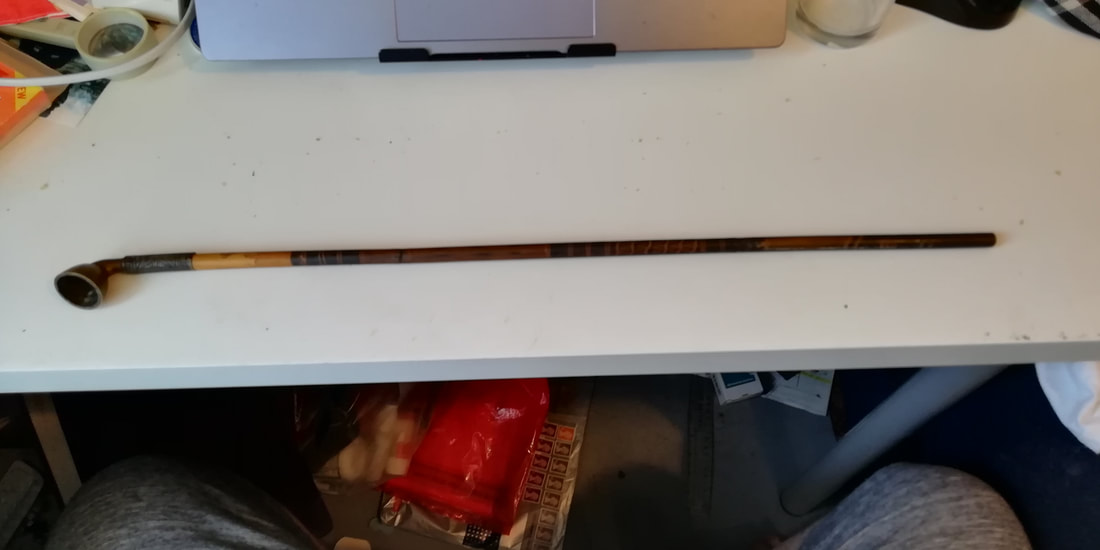
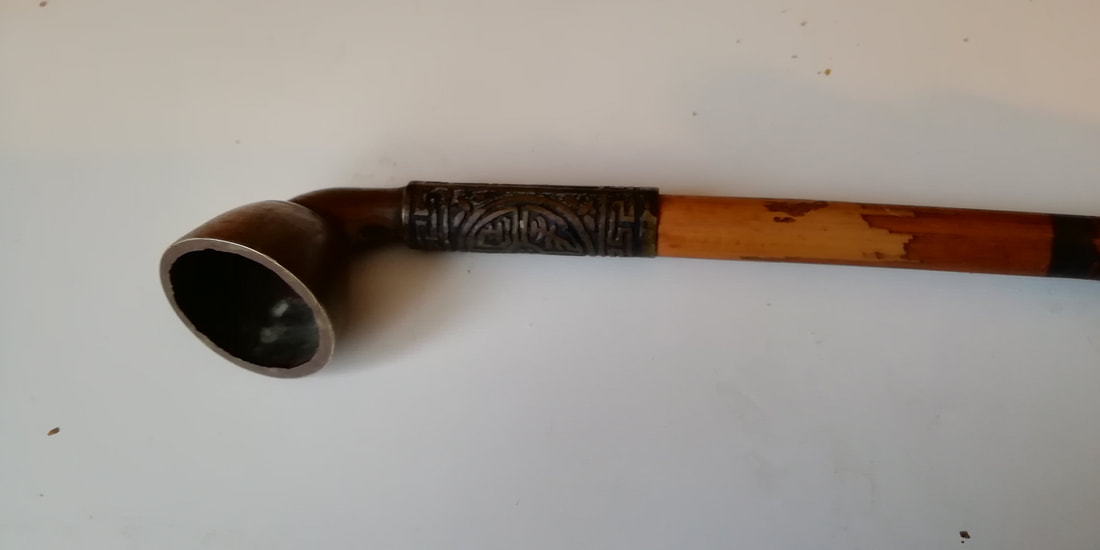
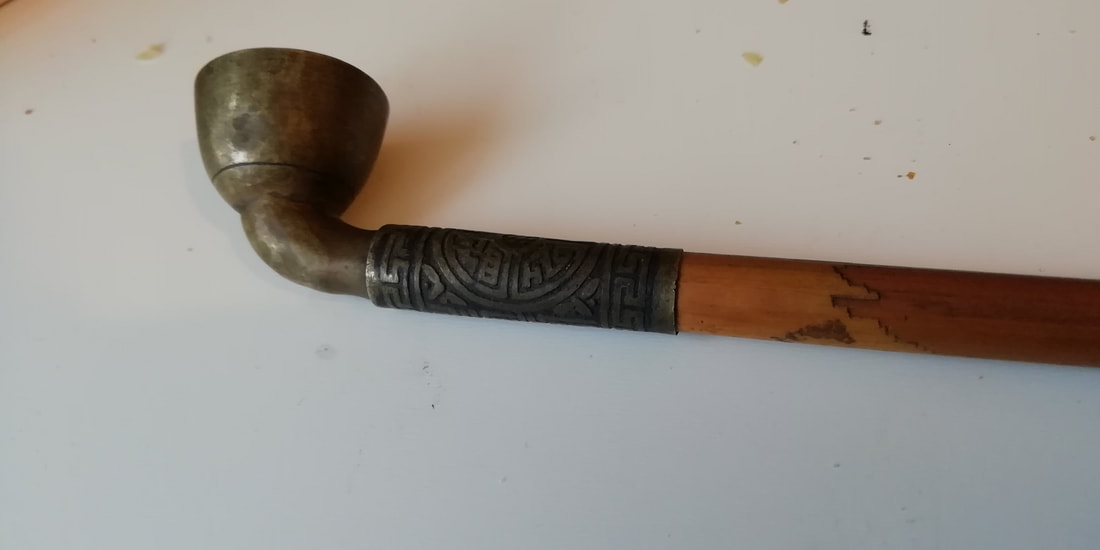
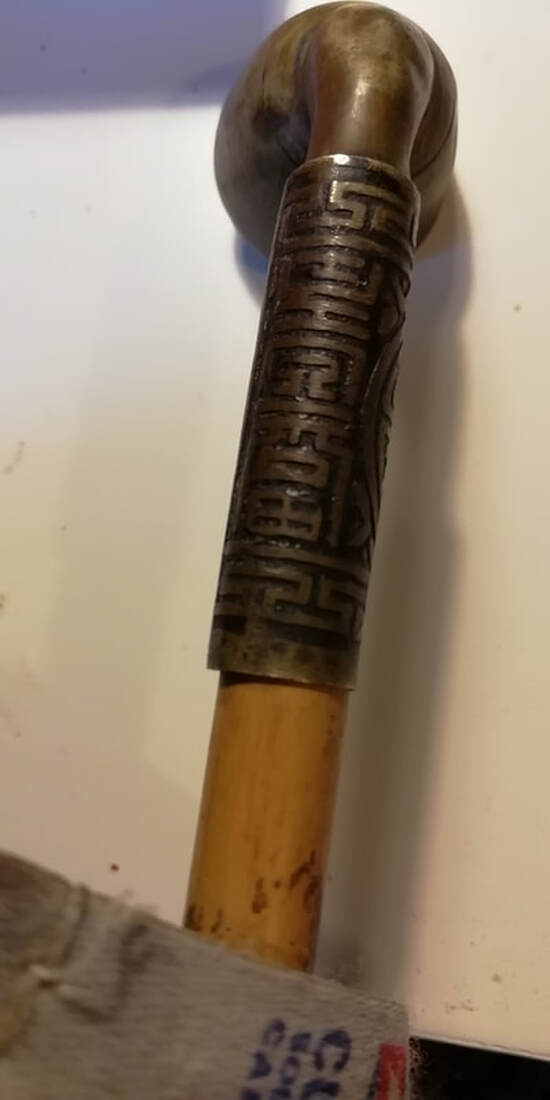
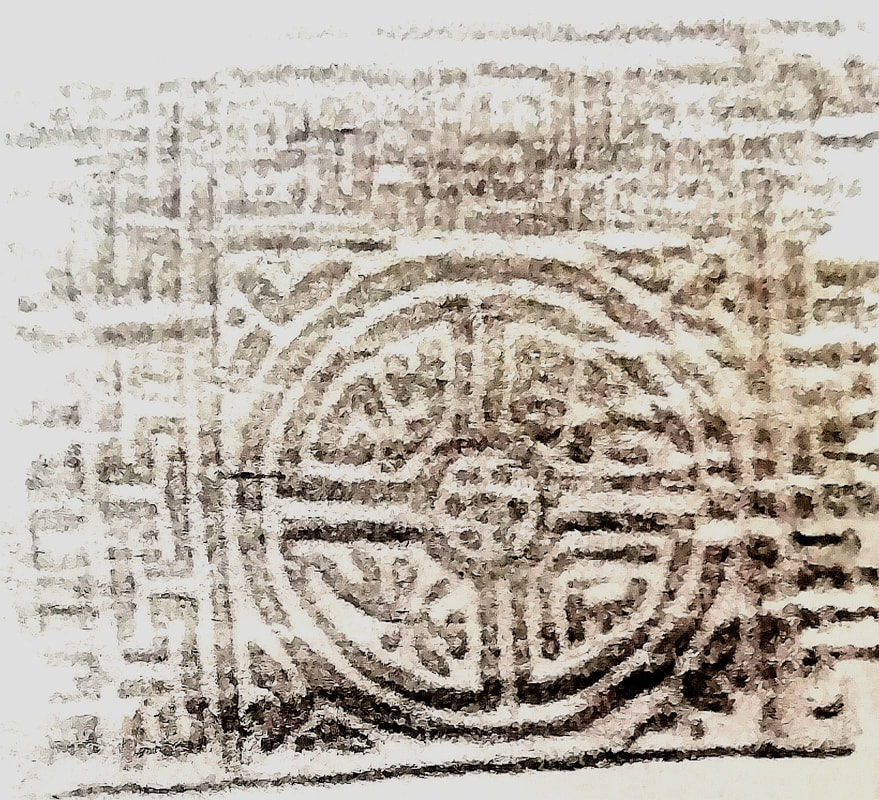
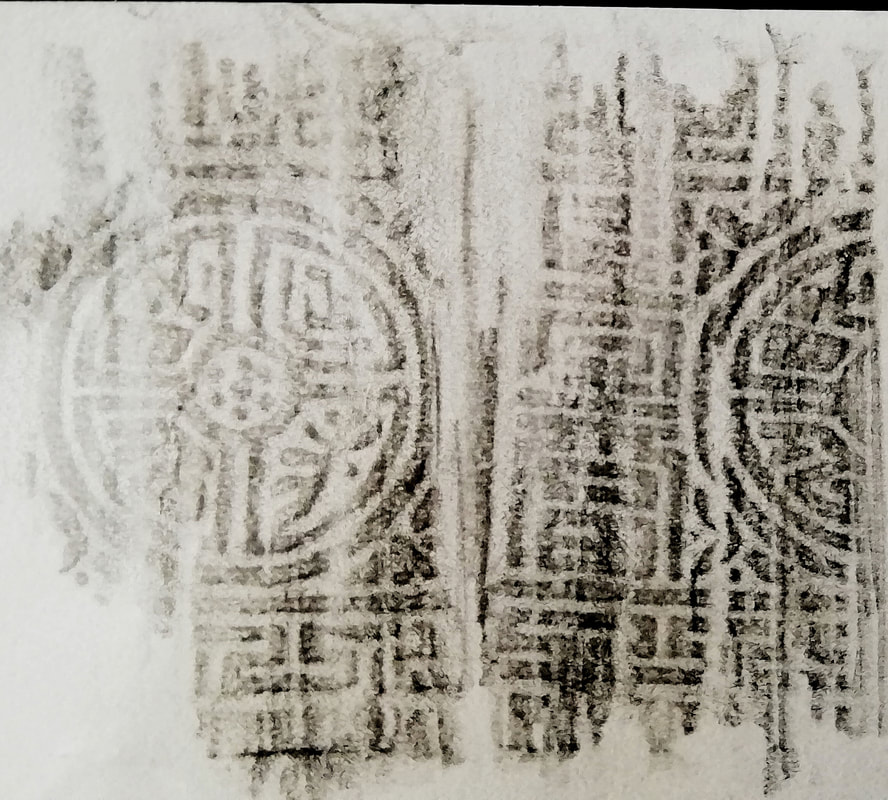
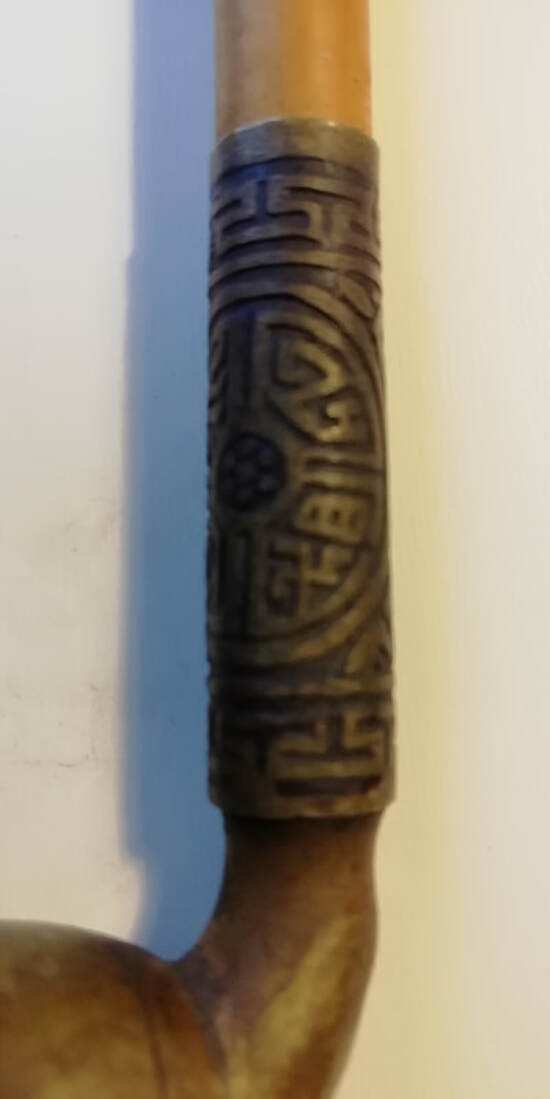
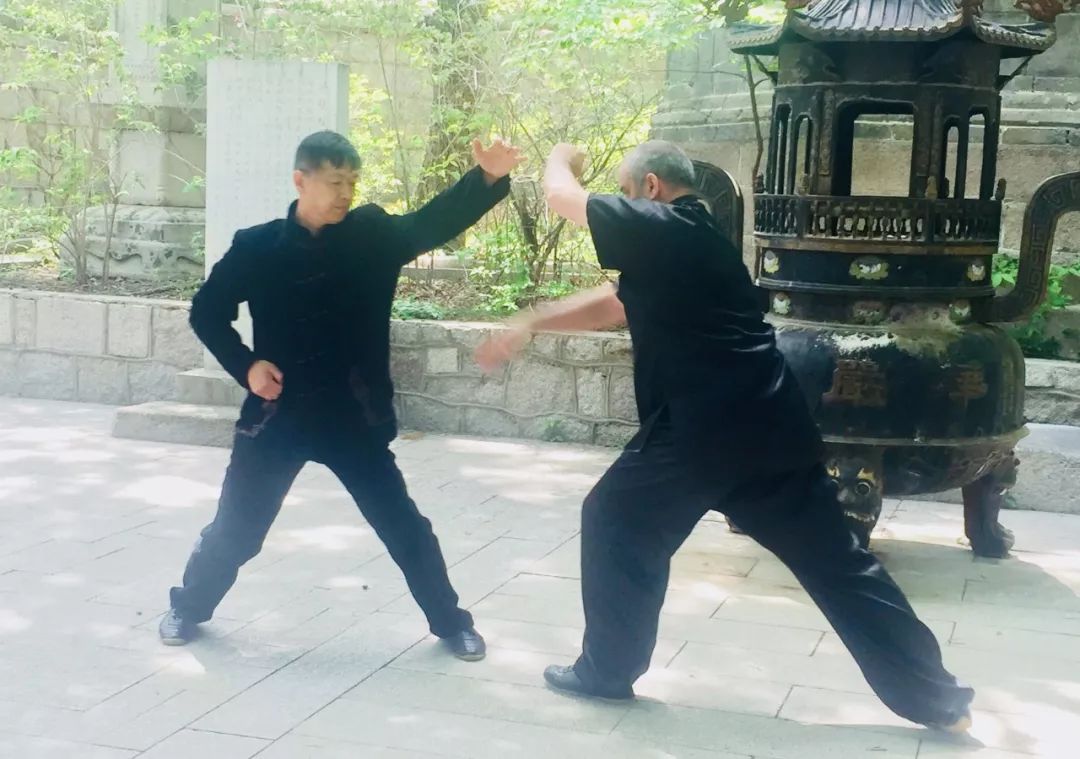
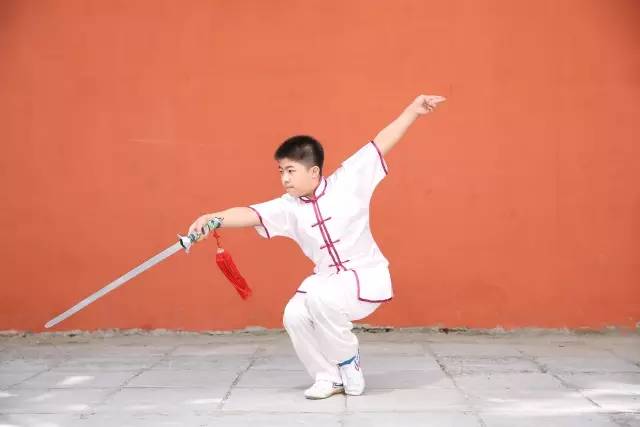
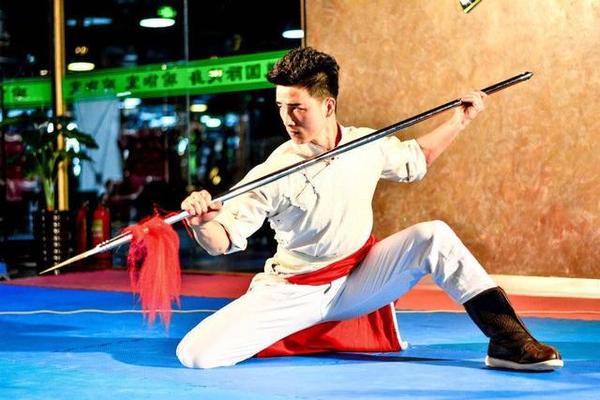
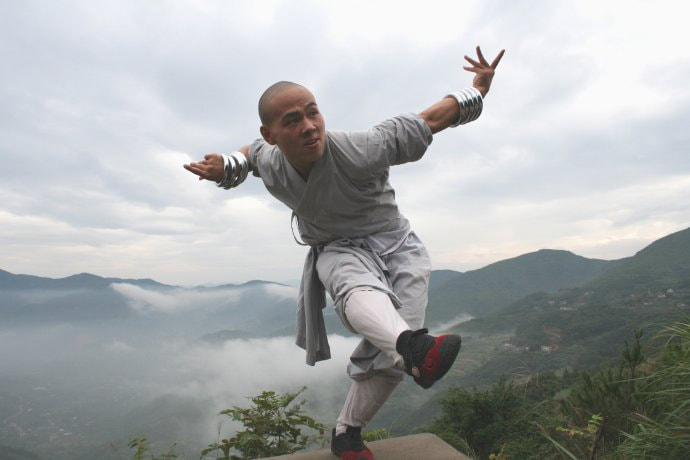
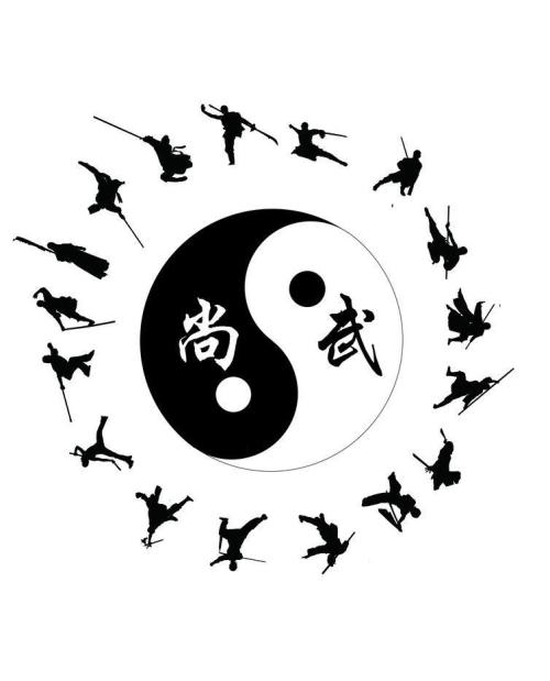
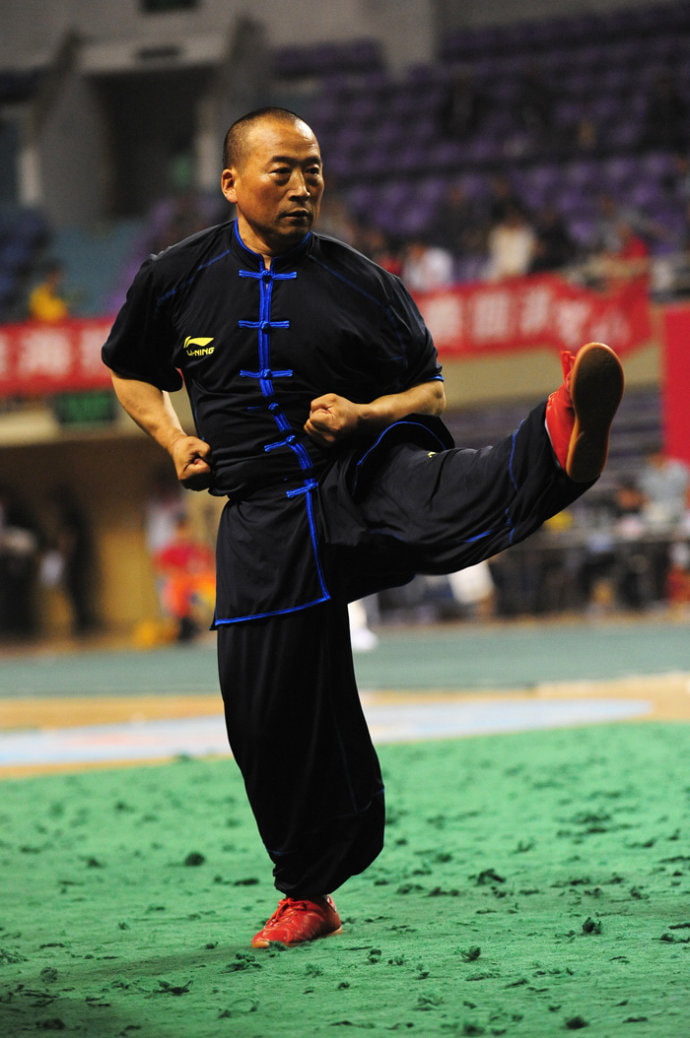
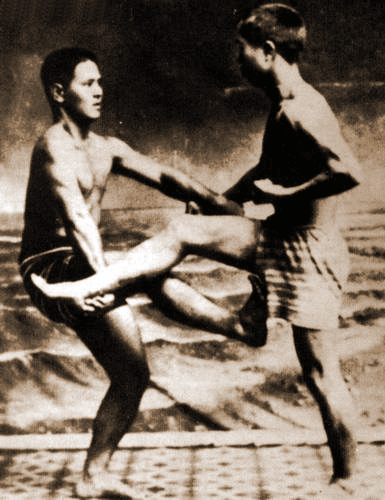
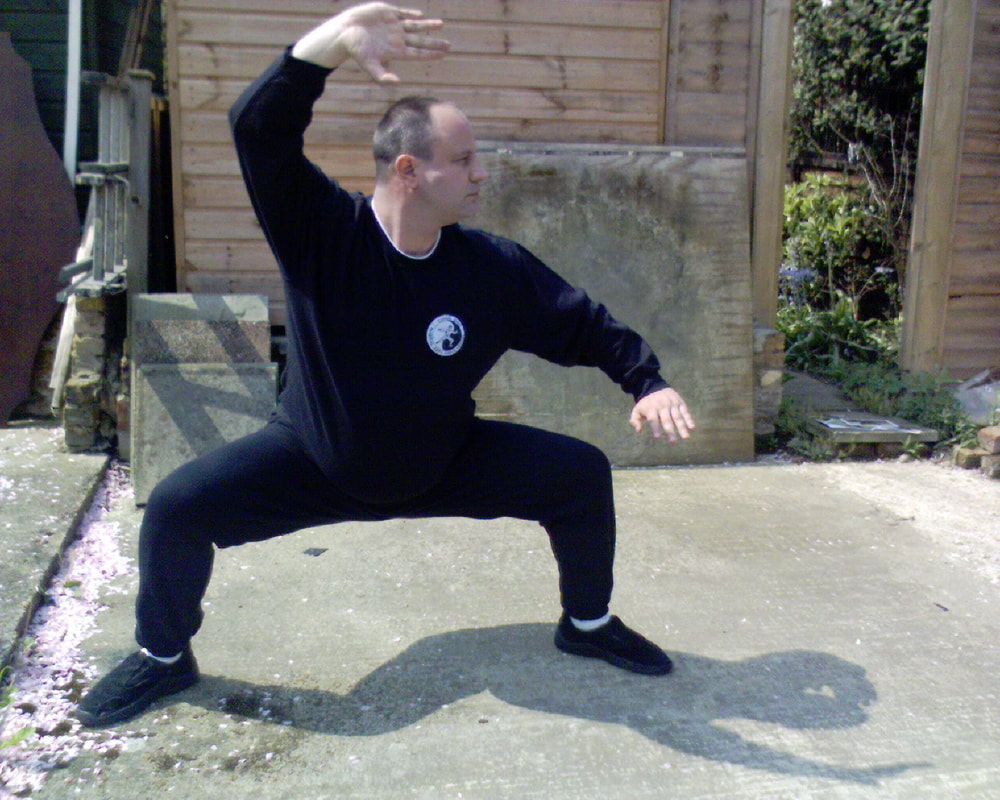
 RSS Feed
RSS Feed